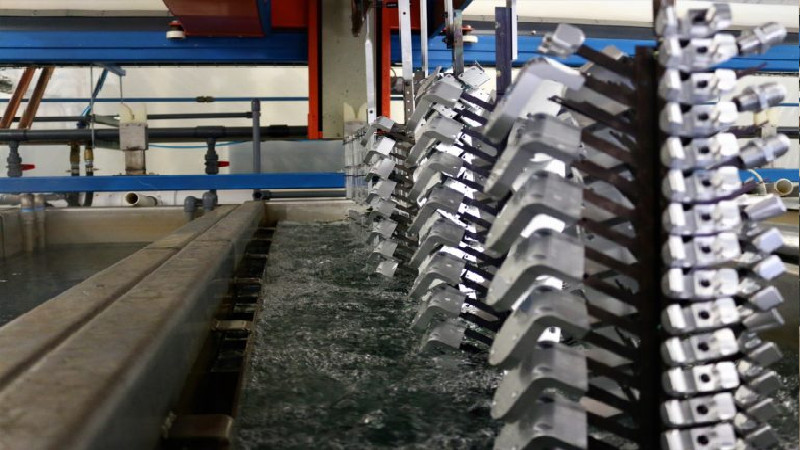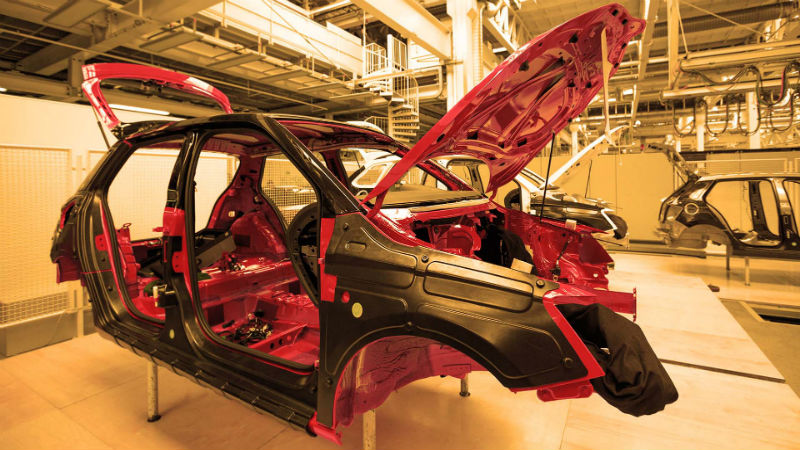Copper is a popular metal. It is favorable for applications ranging from intricate metal ornamentation to flashing and roofing. The intended usage governs what type you and your company buys. Copper sheet is available in different types. The most commonly employed type in sheet or strip form must comply with ASTM B370. This restricts the amount of additives ensuring the copper sheets are of 99.9 percent copper. The copper within this designation also falls into one of six possible tempers.
What Are Metal Tempers?
The temper of a metal indicates its degree of hardness. At polar ends, you can find soft and hard tempers. The temper indicates the most suitable purpose for the metal. It also succinctly describes its essential quality.
The Temper of Copper
If your company plans to buy copper sheet, it must look at its temper and compare it to the application. Copper tempers fall under the following six designations – including specific numbers
1. 060 (soft)
2. H00 (cold rolled)
3. H01 (cold rolled, high yield)
4. H02 (half hard)
5. H03 (three quarter hard)
6. H04 (hard)
Generally, soft temper copper tempers are generalized as extremely malleable, low strength and heavy gauge. It is for extreme forming. Common applications include elaborate ornamental work. While cold rolled copper is less malleable, it is more robust. In fact, cold rolled copper, in situations where expansion and contraction are common, provides greater stress resistance. Construction work favors this type of copper. H01 or high yield cold rolled copper sheet is a construction project favorite as well – particularly for roof flashing.
Buy Copper Sheet
When it comes time to buy copper sheet for a project, always consider the temper of the metal. Whether you are looking for high levels of corrosion resistance or require exceptional malleability, copper will deliver. However, always be sure your application and the temper of the copper or any other metal match.


